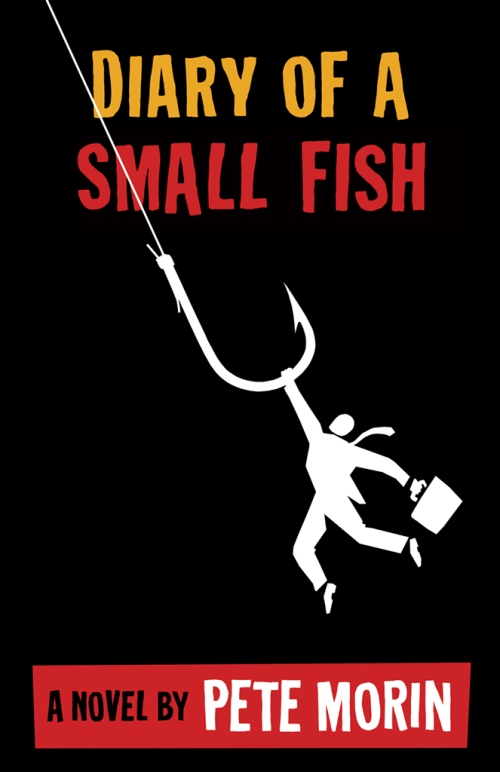This post, by M.E. Patterson, originally appeared on his blog on 9/17/11.
On August 1st, I officially launched my debut supernatural thriller, Devil’s Hand, on Kindle, Nook, and in paperback. First month sales were consistent, but small, maybe 1 or 2 a day, sometimes 3 on a good day. That was before I really did any serious promoting outside of an email sent to my mailing list of friends and interested folk, and some Facebook-ing.
In the month of September, I have now sold well over 100 copies of the e-book this month alone. I crossed the 100 mark on the 13th. For the month of September, Devil’s Hand’s worst Amazon rank was #20,910 for one day…it’s been better than 20k for every other day, and it cracked #10,000 for 3 days, once reaching #38 in Horror/Occult. All with a book that’s less than 2 full months on the market.
I know a lot of you are probably asking, “How?”
I’m writing this because, two months ago, I was asking that question too (really, I still am, for months 3, 4, and beyond). But when I went Googling around for other people’s experiences, I was surprised that I couldn’t really find anyone sharing their early experiences.
Sure, you get the heavyweights like John Locke (who has a lot of great insights) and Amanda Hocking and Michael R. Hicks (who also has a great book on the subject). I highly encourage you to read their blogs and their books… they have a lot to teach. Also check out folks like Joanna Penn and Ania Ahlborn and numerous others who have been doing well and blogging about their findings. Reading their experiences is a great start.
In talking to other self-pubbed authors, I’m hearing that many people struggle to hit 100 books sold total. Some have had their books on sale for months and haven’t cracked 100. So I figured, for whatever it’s worth, I’ll share my early self-pubbing experiences because I like the idea of being open and contributing to the greater community of writers. And for the folks not having huge success, but would like to hear about how they might be able to bump 1 – 2 sales a day up to 5 – 6, maybe this will help.
Note that I’m not saying that doing any of this is guaranteed to work for you nor am I saying that it will continue to work for me, even. These are just my experiences in the first 2 months of selling Devil’s Hand, what has worked well and not so well, and what has gotten me to a pretty solid sales clip for a debut book by an unknown author.
So, here’s what I’ve found:
Read the rest of the post on M.E. Patterson’s blog.




